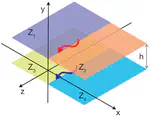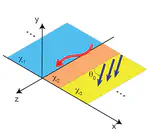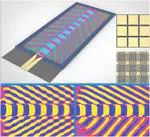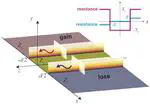FLAP
FLAtland Photonics
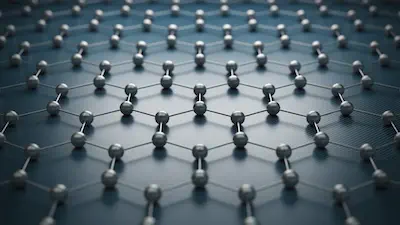
Surface electromagnetics is a research topic of longstanding interest in microwave and antenna engineering, which is experiencing a renewed vitality in view of the widespread applications of artificial (metasurfaces) and natural (e.g., graphene) low-dimensional (2-D) materials.
In addition to enabling advanced wavefront manipulations, metasurfaces can support the propagation of tightly bound surface waves, which can be finely controlled via transformation-optics approaches conceptually similar to those applied for volumetric metamaterials. Likewise, exotic phenomena observed in volumetric metamaterials can be transposed to “flatland” scenarios. These include, for instance, hyperbolic propagation (characterized by open dispersion characteristics), topological transitions (from closed elliptic-like to open hyperbolic-like dispersion characteristics), extreme anisotropy (i.e., very elongated dispersion characteristics), and canalization (i.e., diffractionless propagation of subwavelength beams).
Interestingly, new intriguing concepts and effects are emerging that are specific to 2-D materials. Among these, it is worth mentioning the “line waves,” localized both in-plane and out-of-plane around a surface reactance or resistance discontinuity with dual character (capacitive/ inductive, gain/loss), and the rich moiré physics observed in rotated, evanescently coupled metasurfaces.
In a series of ongoing studies, we are exploring these concepts, also in conjunction with non-Hermitian properties, in diverse artificial (metasurface) and natural (van der Waals) platforms. The outcomes may provide new opportunities for the nanoscale tailoring of light, via advanced control of surface polaritons, with potentially abundant applications ranging from nonlinear optics to optical sensing and imaging.
Collaborations
- Prof. Andrea Alù, Advanced Science Research Center, City University of New York, USA
- Profs. Tie Jun Cui and Zhixia Xu, Southeast University, China
- Prof. Francesco Monticone, Cornell University, USA
- Prof. Carlo Rizza, University of L’Aquila, Italy
- Profs. Giampiero Lovat and Paolo Burghignoli, Sapienza University, Italy
- Dr. Walter Fuscaldo, National Research Council, Italy
